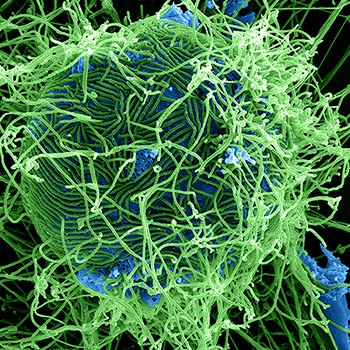How are enzymes isolated?
1 Answer
Usually by chromatography.
Explanation:
There are many different types of chromatography and these can all be used to isolate enzymes.
For example, if you knew the DNA sequence of an enzyme you could express that enzyme in bacteria and include within the protein sequence a tag (e.g. GST or his–tag), and then use affinity chromatography to purify the enzyme from the bacteria.
Proteins have very distinctive physical properties, which are can be unique for a particular protein. Examples of such physical properties are, molecular weight, isoelectric point, binding characteristics, shape, solubility, etc.
It is possible to use a combination of the physical properties mentioned above to isolate your protein of interest. For example, you could run size exclusion chromatography as an initial step to isolate your protein of interest and proteins of a similar size. You could then move on to anion exchange chromatography to further purify this sample in an attempt to isolate your enzyme of interest.
By carefully selecting the correct series of chromatography methods you could produce a fairly pure sample of your enzyme.

